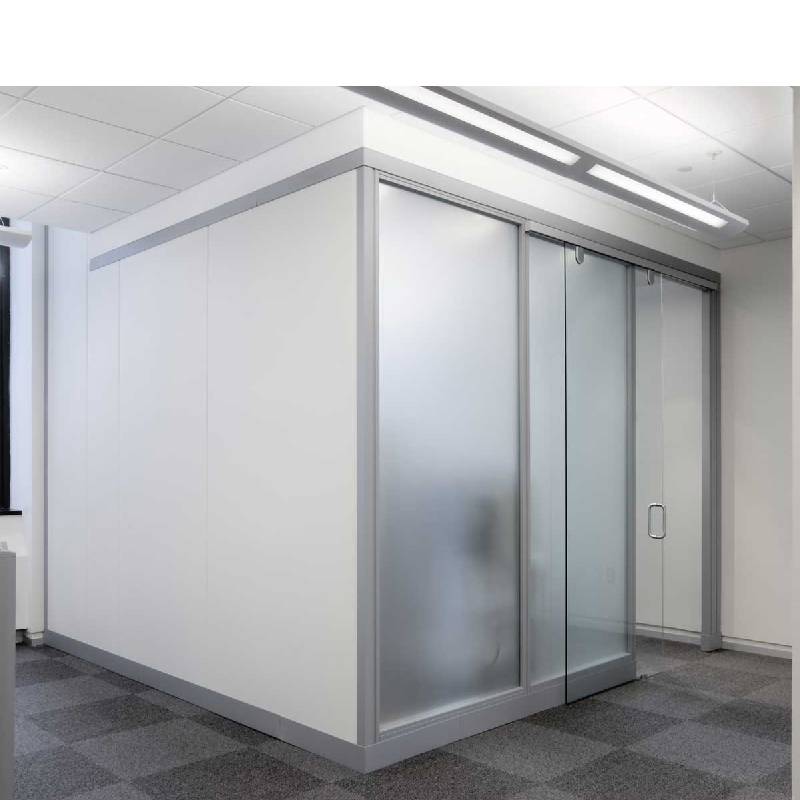

The Benefits of Passive Low-E Glass in Modern Architecture
In recent years, the construction and architectural industries have increasingly sought sustainable and energy-efficient solutions. One significant advancement is the use of passive low-emissivity (low-E) glass. This innovative material is not only a striking addition to modern building designs but also contributes significantly to energy conservation and occupant comfort.
Low-E glass is a type of window glazing that has been treated with a thin, transparent metallic oxide coating. This coating reflects heat while allowing light to pass through, thereby significantly reducing the amount of ultraviolet and infrared light that can enter a building. The 'passive' aspect of passive low-E glass refers to its ability to maintain warmth within a space without requiring mechanical heating systems, relying instead on natural solar energy.
The Benefits of Passive Low-E Glass in Modern Architecture
Furthermore, passive low-E glass is particularly beneficial in terms of thermal insulation. The glass effectively reflects radiant heat back into the building during winter months, maintaining a more stable indoor temperature. In summer, it reduces the intake of unwanted heat, helping to keep spaces cooler and more comfortable. This capacity for temperature regulation means that buildings can utilize less energy for heating and cooling, thus lowering carbon emissions and reducing the overall environmental impact of construction.

In addition to energy savings, passive low-E glass enhances the indoor environment by allowing for abundant natural light while minimizing glare. Natural light has been shown to improve mood and productivity, making spaces not just more inviting but also more functional. By controlling the amount of sunlight that enters, passive low-E glass creates a comfortable atmosphere that can cater to the diverse needs of its occupants, whether in residential buildings, offices, or public spaces.
Moreover, the aesthetic appeal of passive low-E glass cannot be overlooked. This type of glazing is available in various styles and finishes, allowing architects and designers to incorporate it seamlessly into their designs without compromising on visual appeal. The sleek, modern look of low-E glass enhances the building's exterior while providing the functionality that clients desire.
In terms of longevity and durability, passive low-E glass also stands out. Unlike traditional glazing, which may deteriorate over time, low-E glass is designed to withstand environmental stressors without significant degradation. This resilience means that buildings equipped with low-E glass can maintain their energy efficiency and appeal for many years, providing long-term value.
In conclusion, the integration of passive low-E glass in modern architecture presents numerous advantages, from energy efficiency and thermal regulation to aesthetic flexibility and environmental sustainability. As building industries strive to meet the demands of a changing climate and heightened energy awareness, the adoption of materials like passive low-E glass will be crucial. It is not merely a construction choice but a vital step toward a more sustainable future, enhancing both the quality of our built environment and our overall well-being.